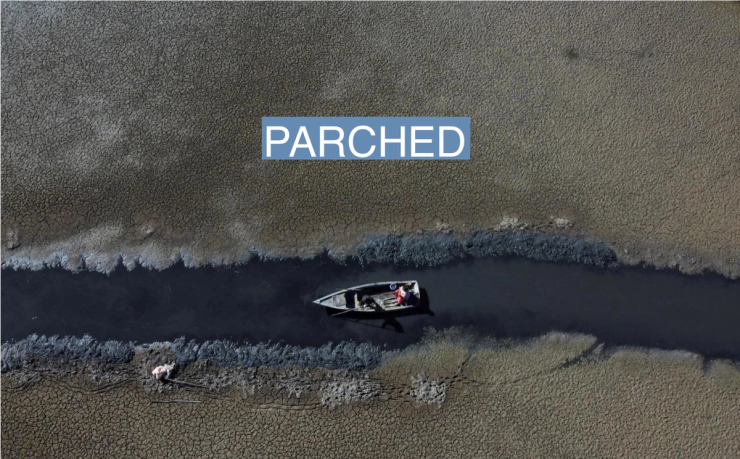The News
Swaths of Latin America have been hit by a months-long drought, and conditions are likely to worsen due to El Niño, a warm-weather pattern, with potentially seismic impacts on the world economy. On Wednesday Panama Canal authorities extended restrictions on the number of vessels that can travel through it due to the low water levels. Higher temperatures are also taking a devastating toll on the agriculture-related incomes on which millions depend.
SIGNALS
El Niño, which increases the risk of both drought and flooding, may see Latin America’s economies lose up to $300 billion. Perú and Ecuador’s agriculture-dependent economies could shrink by 1.7% and 1.6%, respectively. In response, several regional governments have announced spending packages to support beleaguered industries, but experts fear much of it will be misspent. In every region, “the costs of climate variability and climate change• 1 ” will probably exceed countries’ current estimates, two professors from Dartmouth College said.
Financial Times, South America braced for economic hit from return of El Niño
Latin America is home to almost two-thirds of the world’s lithium, a mineral essential for electric vehicles but whose extraction requires vast amounts of water. A prolonged drought could make mining for lithium, copper, nickel, and other metals unviable. “The ironic tragedy• 2 ,” Rest of World reported, “is that many of the technologies aiming to help with climate change require practices that would exhaust a far more precious resource: water.”
Heat-related deaths in South America increased by 160% in the four-year period to 2021 compared to 2000-2004, according to a report published in The Lancet• 3 earlier this year. El Niño comes on top of dry seasons that are already 2.5 degrees Celsius hotter than the historical standard. “The adverse health effects of climate change are accelerating and disproportionately affecting the most vulnerable populations in South America,” it said. “This trend will only continue if prompt action is not taken.”
In Uruguay, a popular former leader said better forward planning could have helped ease the current crisis. “We should have done this before• 4 ,” José Mujica, a popular ex-president, said about the need to increase the country’s freshwater supply. “People will be mad at me, but we all fell asleep.” The main water deposit for Montevideo, the capital, was at just 2.4% of its capacity in June, with the remaining water containing more than twice the amount of sodium that international norms consider safe for drinking. The price of bottled water has spiked, and the country’s vital beef industry is under threat.
The New York Times, Uruguay Wasn’t Supposed to Run Out of Water
Chile is among the few countries in the region to have avoided the brunt of the drought, owing largely to a decade-long plan to adapt to climate change. Over the last 10 years, 40% of Chile’s investment in water “was specifically spent on climate adaptation• 5 ,” the head of a trade body said. The country has spent $1.6 billion bolstering Santiago’s water capacity, and over the next 20 years a further $2.3 billion will be spent on it.
El País, Why does Santiago still have water?



